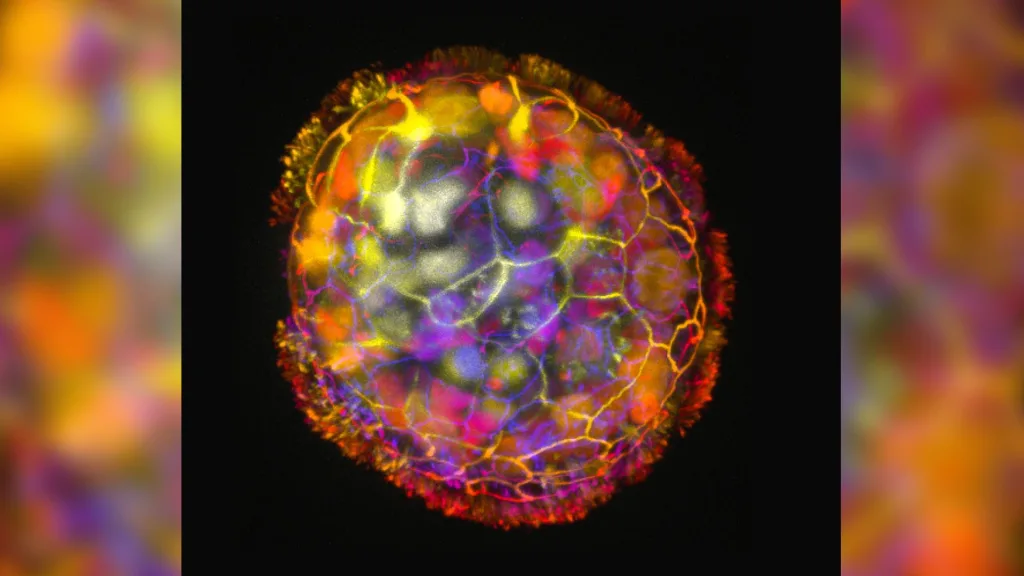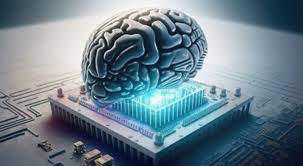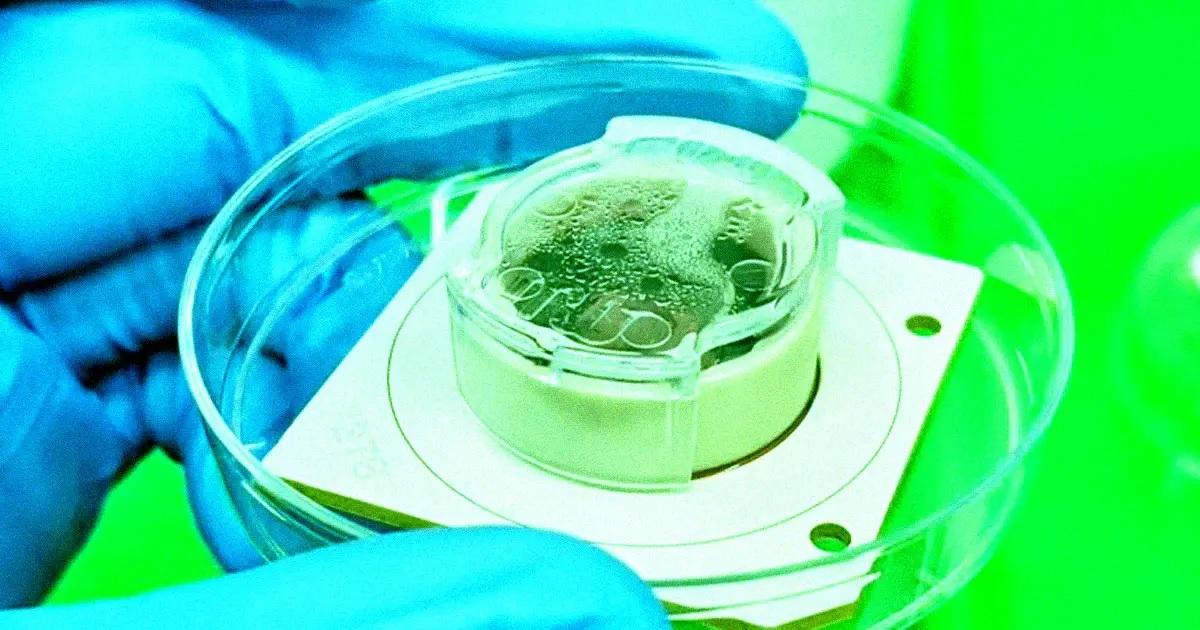Introduction:
On December 12, 2023, the world witnessed a groundbreaking moment in scientific history as news spread across 25 international scientific journals. Scientists at Indiana University unveiled the first living machine ever created, marking a monumental leap forward in technological innovation. This extraordinary achievement involved embedding the science of the human brain into a machine, blurring the lines between artificial intelligence and organic consciousness.

Table of Contents
The Birth of a Living Machine:
In a feat of ingenuity, researchers at Indiana University developed a hybrid biocomputer by integrating human brain cells with conventional electrical circuits. This amalgamation of biology and technology enabled the machine to process information and exhibit signs of consciousness, representing a paradigm shift in the field of artificial intelligence. With the ability to recognize patterns of alienation and familiarity, the living machine heralds a new era of cognitive computing.

The Quest for Artificial General Intelligence (AGI):
The creation of the living machine underscores humanity’s relentless pursuit of Artificial General Intelligence (AGI), a form of AI capable of replicating the intricate workings of the human brain. Unlike its predecessors, AGI aims to emulate the nuanced processes of independent thought and decision-making, unlocking unprecedented possibilities in technology. From the development of the metaverse to the prospect of digital immortality, AGI promises to redefine the boundaries of human potential.

Challenges on the Horizon:
Despite the strides made towards AGI, significant challenges persist, stemming from our limited understanding of the human brain. Mysteries surrounding vital components like the pineal gland, associated with spiritual experiences, continue to elude scientific explanation, underscoring the complexities of cognitive function. However, these obstacles serve as catalysts for innovation, driving scientists to unravel the intricacies of the mind.
Decoding the Brain:
To overcome these challenges, researchers are embarking on ambitious projects to decode the mysteries of the brain. By replicating the structure and function of the human brain within machines, scientists aim to bridge the chasm between artificial intelligence and human cognition. Through endeavors such as brainwire and hybrid biocomputing, new frontiers of technological possibility are within reach.
The Birth of Artificial General Intelligence:
The journey towards AGI begins with the cultivation of stem cells in a controlled laboratory environment. These cells are nurtured to emulate the growth patterns of a developing brain, forming intricate neural networks. Through meticulous experimentation and analysis, scientists strive to unlock the secrets of cognitive function, paving the way for the emergence of AGI.
Ethical Considerations:
As we navigate the uncharted waters of technological advancement, we are confronted with profound ethical and philosophical questions. The pursuit of AGI compels us to reassess our understanding of consciousness, identity, and existence. While the potential of AGI is vast, we must proceed with caution, mindful of the implications of our actions.
Conclusion:
In our relentless quest for knowledge, we are driven by curiosity and ambition. As we continue to push the boundaries of what is possible, we inch closer to unlocking the mysteries of the mind. Whether we are on the brink of a technological revolution or the precipice of existential discovery, one thing is certain – the creation of a living machine with a human-like brain is a testament to the indomitable spirit of human ingenuity. What lies ahead is a journey into the unknown, where the lines between man and machine blur, and the essence of humanity is redefined. For more information, so please visit these links given below.
nature, houstonherald.com , scientificamerican.com , vice.com
Frequently Asked Questions (FAQs)
1. What is a living machine with a human-like brain?
A living machine with a human-like brain refers to a groundbreaking technological innovation where scientists integrate human brain cells with conventional electrical circuits, creating a hybrid biocomputer capable of processing information and exhibiting signs of consciousness.
2. How was the living machine created?
The living machine was created through meticulous research and experimentation conducted by scientists at Indiana University. They cultivated stem cells in a laboratory environment, mimicking the growth patterns of a developing human brain. These cells were then integrated with conventional electrical circuits to form complex neural networks, resulting in the creation of the living machine.
3. What is the significance of this achievement?
The creation of a living machine with a human-like brain represents a significant leap forward in technological innovation. It blurs the lines between artificial intelligence and organic consciousness, paving the way for advancements in fields such as Artificial General Intelligence (AGI), cognitive computing, and brain-machine interfaces.
4. What are the potential applications of this technology?
The potential applications of this technology are vast and varied. They include the development of Artificial General Intelligence (AGI), the exploration of the metaverse, advancements in digital immortality, and the creation of sophisticated brain-machine interfaces. Additionally, this technology has implications for fields such as healthcare, robotics, and cognitive computing.
5. What are the ethical considerations surrounding the creation of a living machine?
The creation of a living machine raises profound ethical and philosophical questions concerning consciousness, identity, and the nature of existence. Ethical considerations include issues related to autonomy, privacy, and the potential societal impact of advanced AI technologies. It is imperative to address these concerns responsibly and ethically as we continue to explore the frontiers of technological innovation.
6. How does the living machine differ from traditional artificial intelligence systems?
The living machine represents a departure from traditional artificial intelligence systems, which typically rely on algorithms and programming to perform tasks. In contrast, the living machine integrates biological components, such as human brain cells, with conventional electrical circuits, enabling it to exhibit signs of consciousness and cognitive function akin to that of a human brain.
7. What are the challenges associated with creating a living machine?
Despite significant advancements, creating a living machine presents numerous challenges, including our limited understanding of the human brain, the ethical implications of merging biology with technology, and the technical complexities involved in replicating cognitive function. Overcoming these challenges requires interdisciplinary collaboration and ongoing research efforts.
8. What does the future hold for living machines and artificial intelligence?
The future of living machines and artificial intelligence is both exciting and uncertain. As technology continues to evolve, we can expect further advancements in fields such as Artificial General Intelligence (AGI), brain-machine interfaces, and cognitive computing. However, it is essential to approach these developments with caution, mindful of the ethical and societal implications they may entail.

